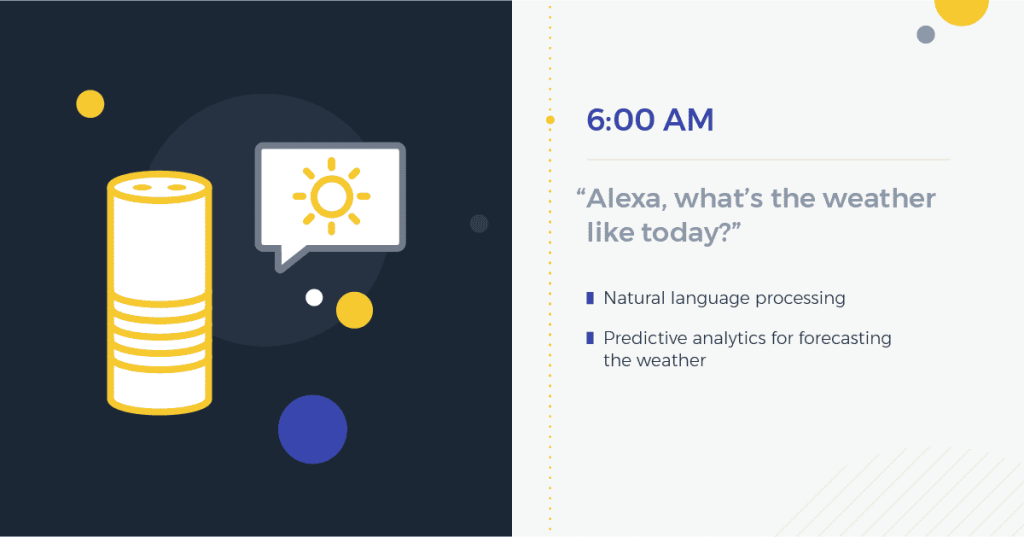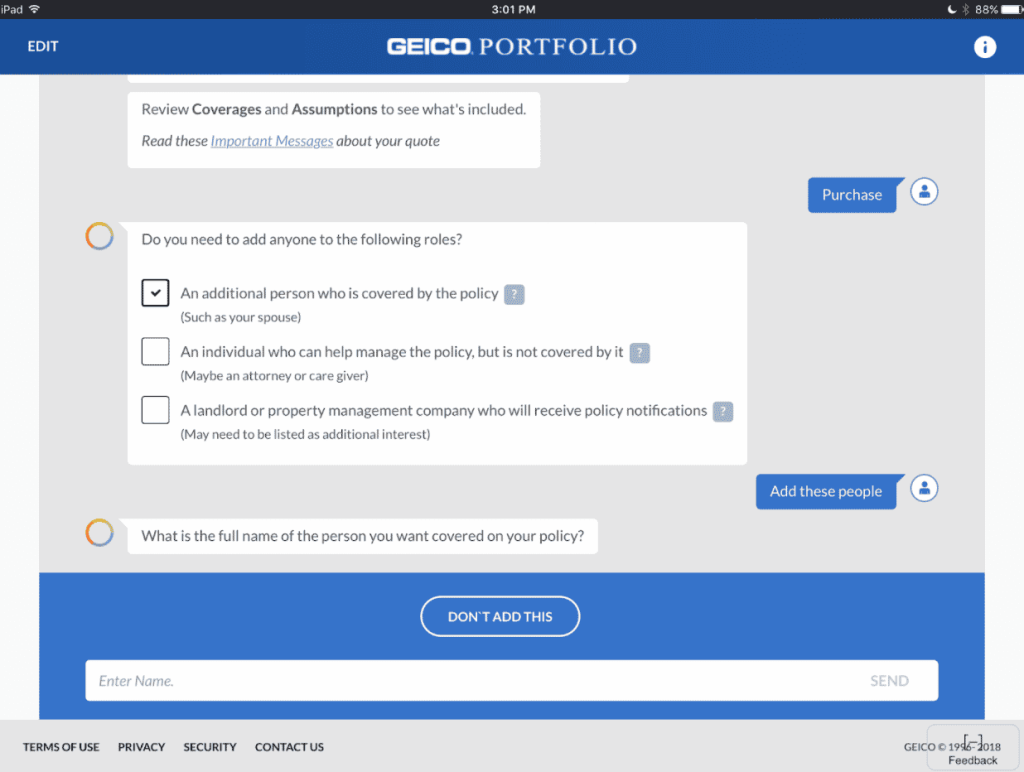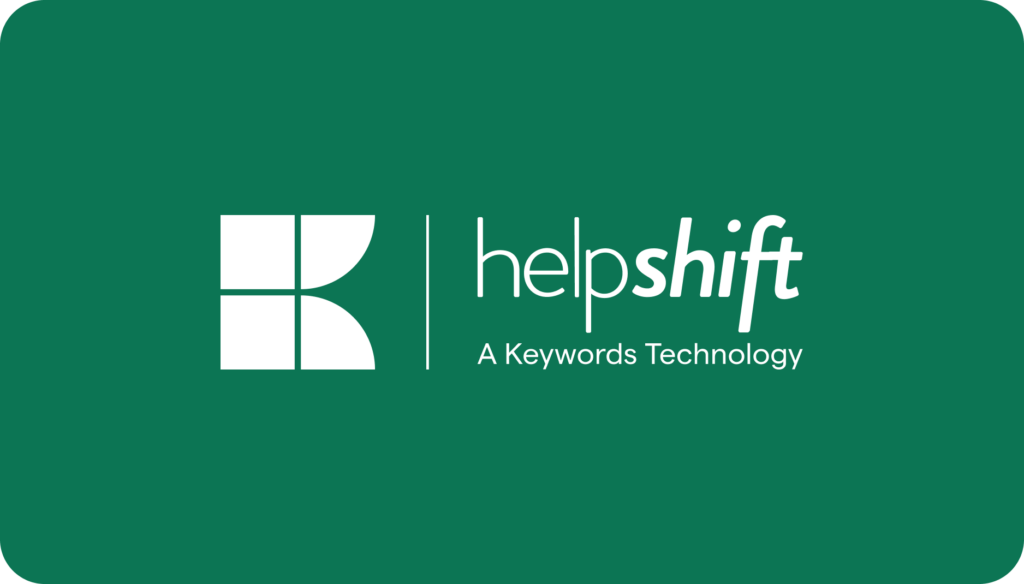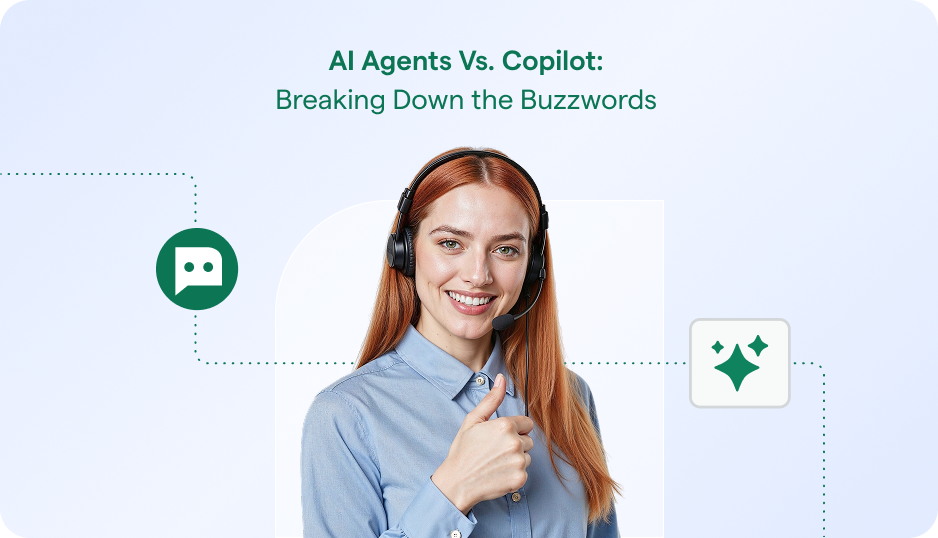What is the first thing you do in the morning? Do you check the weather, read the news, scroll through Facebook, play music through Spotify, or ask Alexa to turn on the lights? An IDC study found that 80 percent of smartphone users check their phones even before brushing their teeth in the morning.
And if checking your phone means looking at the weather, Facebook, Twitter, a news aggregator, or even looking up directions to work, then you’re using AI within the first half hour of every single waking morning.

AI is omnipresent in our lives. From predictive algorithms, to natural language processing (NLP), to machine learning, and even to the face recognition ID that unlocks the newest smartphones, AI has quietly infiltrated the brands and products consumers use most.
While we may not think of Twitter Trending as an advanced form of AI, the truth is that the vast majority of AI applications do not involve Turing-test-passing, sentient, robots: they involve machine learning, NLP, and predictive analytics.
What AI is Best At: Auto-Classification, Bots with Limited NLP, Predictive Analytics, and Automated Insights
There are countless examples of brands including Netflix, Spotify, and even Domino’s Pizza using these three forms of AI. For example, Netflix bought House of Cards without ever even seeing the pilot — the decision to invest in the show was based exclusively on predictive analytics that used data points including plot theme, viewership trends, director metrics, and the political climate. These forms of AI exist ubiquitously in the background of our lives — and the reason they haven’t made a big splash (like an actual AI sentient robot would), is that they actually work.
1. Auto-Classification
Auto-classification has been in use for decades, but AI pushed it beyond simple keyword recognition, and into a tool that learns and evolves over time. DeepMind’s recent development of a retinal scan that can predict cardiovascular risk is a highly complex example of auto-classification, while Spotify’s Discover engine that predicts what music you will enjoy is a more normal, everyday example. Netflix also uses a similar algorithm to personalize suggested content for its users.
2. Decision-tree based bots with limited NLP
Decision-tree based chatbots have been implemented in industries including insurance, travel, and even food delivery. These bots lead users through a series of questions and answers within a chat window (see the Geico chatbot on iPad below). The chatbots have limited NLP — they can understand certain requests that fit into one of their predetermined paths, but do not purport to understand language in its entirety (like Siri, Alexa, or Google Home do). These chatbots also often provide exit routes for customers to speak to live agents, if the chatbot does not understand the request. This is particularly important in industries like hospitality.

Even without full-scale NLP, these bots are still AI based, though. For instance, when a hospitality bot sends a user to an agent, it’s using automated triage to instantaneously incorporate the information about the issue to send the customer to the agent who is best equipped to answer the question.
3. Automated Real-Time Insights and Predictive Analytics
Real-time insights are used ubiquitously in social media and navigation apps. For instance, as we recently wrote, Twitter trending utilizes AI to determine real-time spikes in trending topics, and even personalizes these topics to each user’s interests. Similarly, predictive analytics can be used to analyze that same data and predict future occurrences. AI has enabled analytics tools to process real-time data, scale to process multiple petabytes of data (Google processes 20 petabytes per day), and adopt its model to include both past and present data points.
These Three AI Use Cases Have Been Applied To Every Single Industry — Except Customer Service
These three use cases are only the most common — there are others, including voice-activated NLP (used in smart speakers), facial recognition technology (used by Facebook for tagging and protecting users from identity theft), robo advisors (used in the financial industry), object recognition technology (used in autonomous vehicles), and more.
Despite the broad applications of AI, customer service — a $350 billion industry — is still largely mired in processes from the 1980s. A recent Helpshift survey found that the most common reason consumers dread contacting customer service is because it is ‘difficult to understand accents from offshore call centers’, while the second most common reason for the ‘dread’ is long hold times.
Even with the advent of Interactive Voice Response (IVR) systems, calling customer service is a highly manual process — customers call, are either put on hold or led through a series of steps designed to assign them to the right agent, and then they have to repeat their entire problem to the agent, who is usually following a script.
Every part of that can and should be automated, until high-touch service is required.
Customer service is not a particularly difficult industry to improve through AI. Consider that the vast majority of customer service queries are repeats — meaning, the company sees a high volume of the same problem over time (such as difficulty with payment, logging in, etc.) This means that there are clear paths to resolution for the user to follow — making it an extremely easy process to automate through chatbots.
The customer service world can also benefit from the two other aforementioned AI use cases: auto-classification and automated real-time insights. It can use predictive auto-classification to automatically categorize tickets and automate service workflows so that customers aren’t transferred from one agent to another (when a chatbot can’t answer their question), and can also use AI-powered business intelligence to alert customer service managers to unusual spikes in certain questions (much like Twitter trending identifies spikes in topics/keywords).
These technologies are not mere fantasy — they’re already available. And while tech-focused companies like Uber have already implemented systems that include the three primary uses cases of AI, the industry as a whole is still falling farther and farther behind. As consumers become increasingly dissatisfied with traditional, call center-based models of customer service, though, AI-driven service strategies will become an even more important competitive differentiator than they already are.
More and more consumers are utilizing AI for everyday activities, starting the minute they wake up in the morning. Companies that don’t offer continuity for these expectations will be faced with an increasingly dissatisfied user base. After all, if the weather app can do it, so can you.
The Helpshift Solution: Introducing SensAI
We believe that contacting customer service should be as seamless as checking the weather, watching Netflix, or performing any one of the hundreds of AI-enhanced activities that we all engage with on a daily basis.
SensAI is the Helpshift solution that brings customer service into the 21st century. It includes three features, each of which utilizes the best of AI capabilities:
1. Predict
AI automatically classifies tickets and intelligently routes them to agents based on agent skill set and workload.
2. Bots
SensAI uses bots to collect initial customer information and deflect tickets through automated answers, and to collect CSAT information at the conclusion of a chat.
3. Insights
CS managers can track metrics across agents and bots in real-time to take action. SensAI analytics identifies emerging issues and customer sentiment using a proprietary AI algorithm.
In the coming weeks, we will be releasing deep dives into each of these features. It’s time for customer service to embrace AI in the same way that every other industry already has — and Helpshift is here to provide the tools for doing so.




